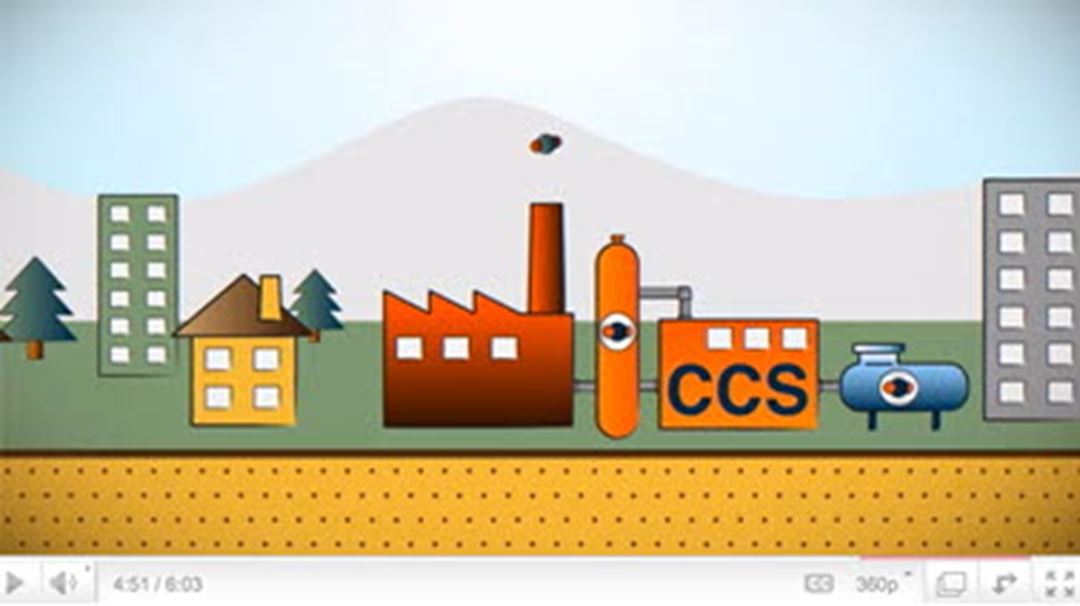BIGCCS - The International CCS Research Centre - is led by SINTEF, and has an annual research budget of NOK 50 million.
The centre is one of the first of eight such to be awarded the status of national centre for research on environmentally friendly technology by the Research Council of Norway, in the wake of a climate agreement passed by the Norwegian Parliament.
“We are a large centre, with annual funding of NOK 20 million from the Research Council of Norway. We felt that we owed it to our fellow citizens to explain where this part of their taxes is going, and this gave us the idea of making a film that could explain the CCS concept in layman's terms,” says Jon Magne Johansen, assistant director of the BIGCCS centre and leader of the film project.
Important message for everyone
According to Johansen, you do not have to move very far from Norway to come up against a fair degree of resistance to the idea of CCS.
“We think that it is important to explain to the general public that the world will probably need to store CO2 equivalent to 25 - 30 percent of the total cuts in greenhouse gases that we need to make. CCS is one of the most important tools that we have to limit anthropogenic effects on climate change. Moreover, CO2 storage in itself has a great potential for value adding,” says Johansen.
Produced in Trondheim
The research centre took its film concept to the Trondheim film production company Headspin, and the result is a six minute-long animation.
The film was uploaded to YouTube, and it had not been there for many days before Bellona put it up on its international web-site, where the organisation writes:
“This clip shows a simplified explanation of the concepts behind CCS, and is aimed at the general public. Public enthusiasm and understanding when it comes to CCS, is an important factor in raising policy-makers' awareness of the need for regulations avoiding pollutants and emissions. In some cases, the public has even proven to be the number one driving force in implementing treatment-plants in order to avoid emissions and pollutants to the environment.”
Order from Canada
“Among the responses we have received, it is particularly satisfying to mention one that came in from across the Atlantic. “The Integrated CO2 Network" , a Canadian consortium that promotes CCS, was quick to get in touch to ask for a copy of the film-file,” says Jon Magne Johansen.
This is BIGCCS
BIGCCS aims to produce knowledge, methods and solutions that will result in efficient, reasonably priced and safe CCS for coal- and gas-fired power stations and other industrial producers of CO2. It will also assist in determining just how much offshore CO2 storage capacity Norway actually has.
The Centre has 22 industry and research partners, and even though it is primarily a national affair, several international institutions and companies can be found on the list of members. One of them is France’s GDF Suez, one of the biggest purchasers of gas in Europe and the fifth-largest electricity generating company in this part of the world.
By Svein Tønseth

